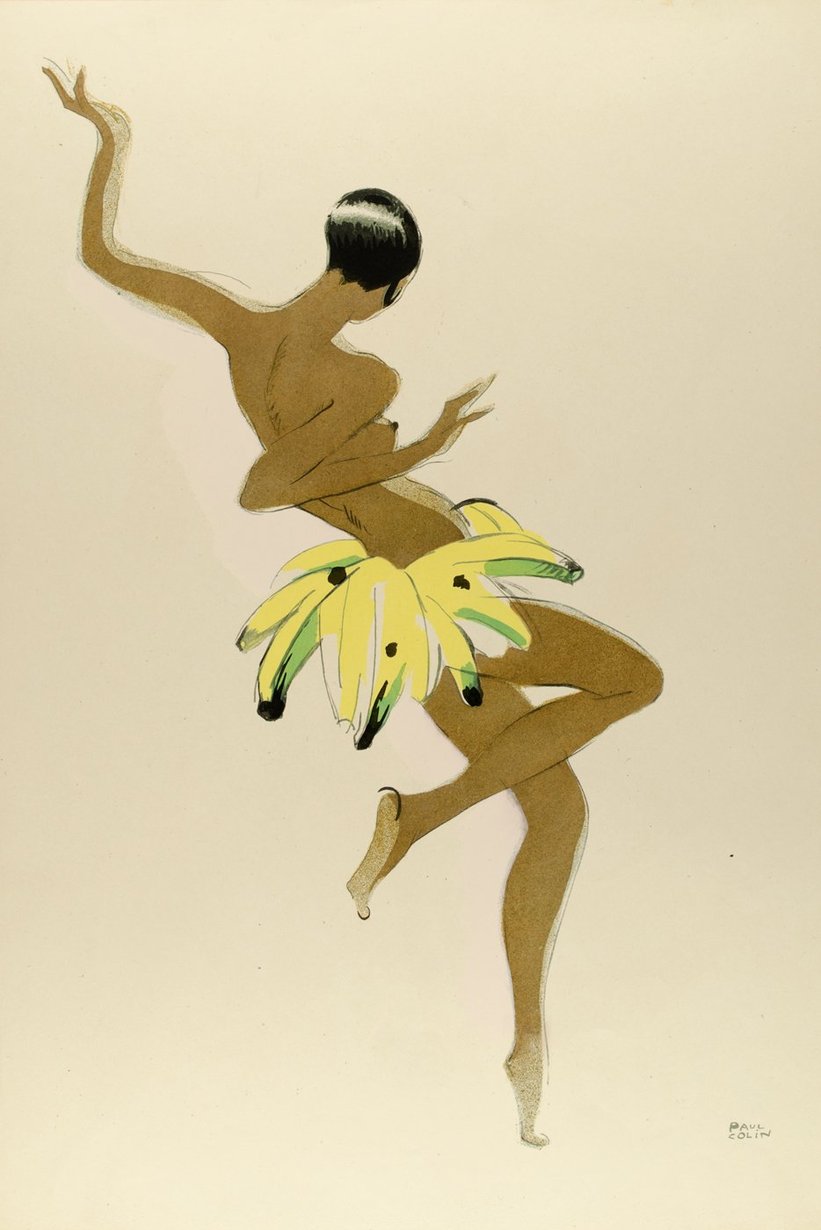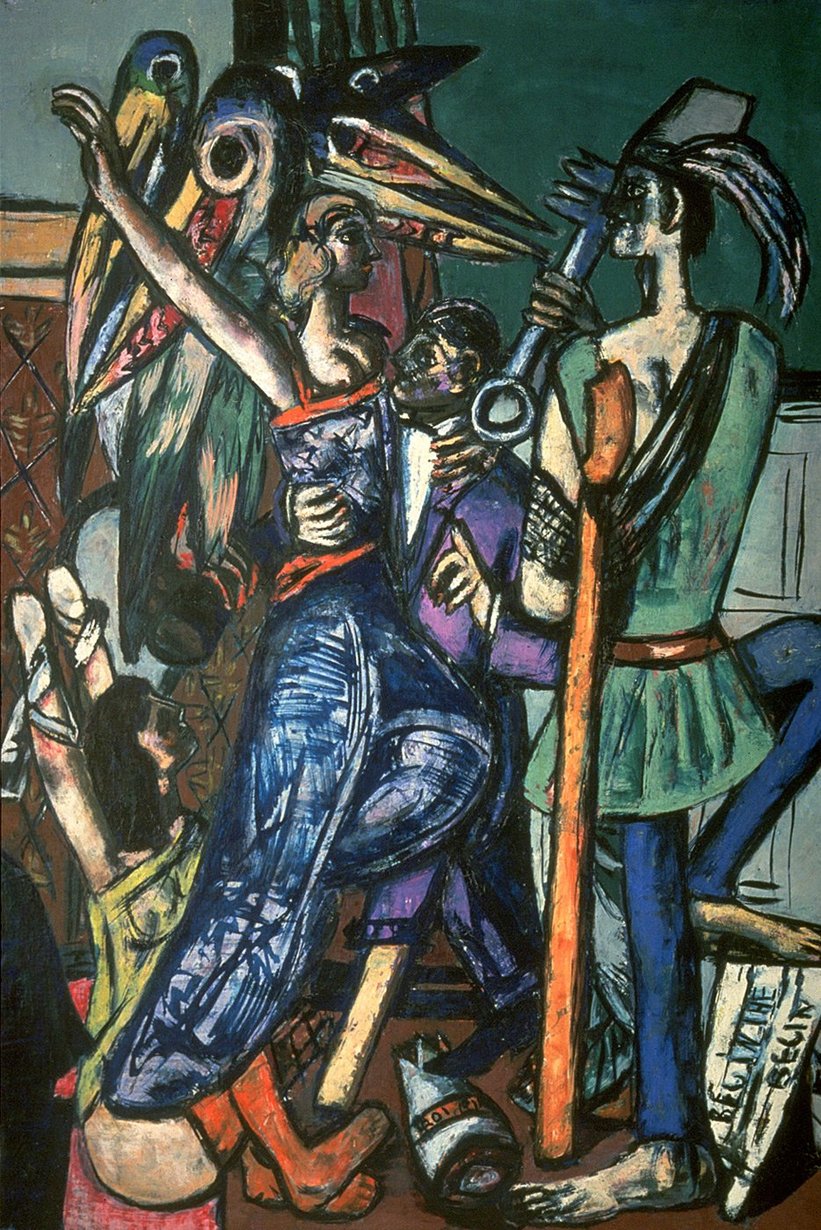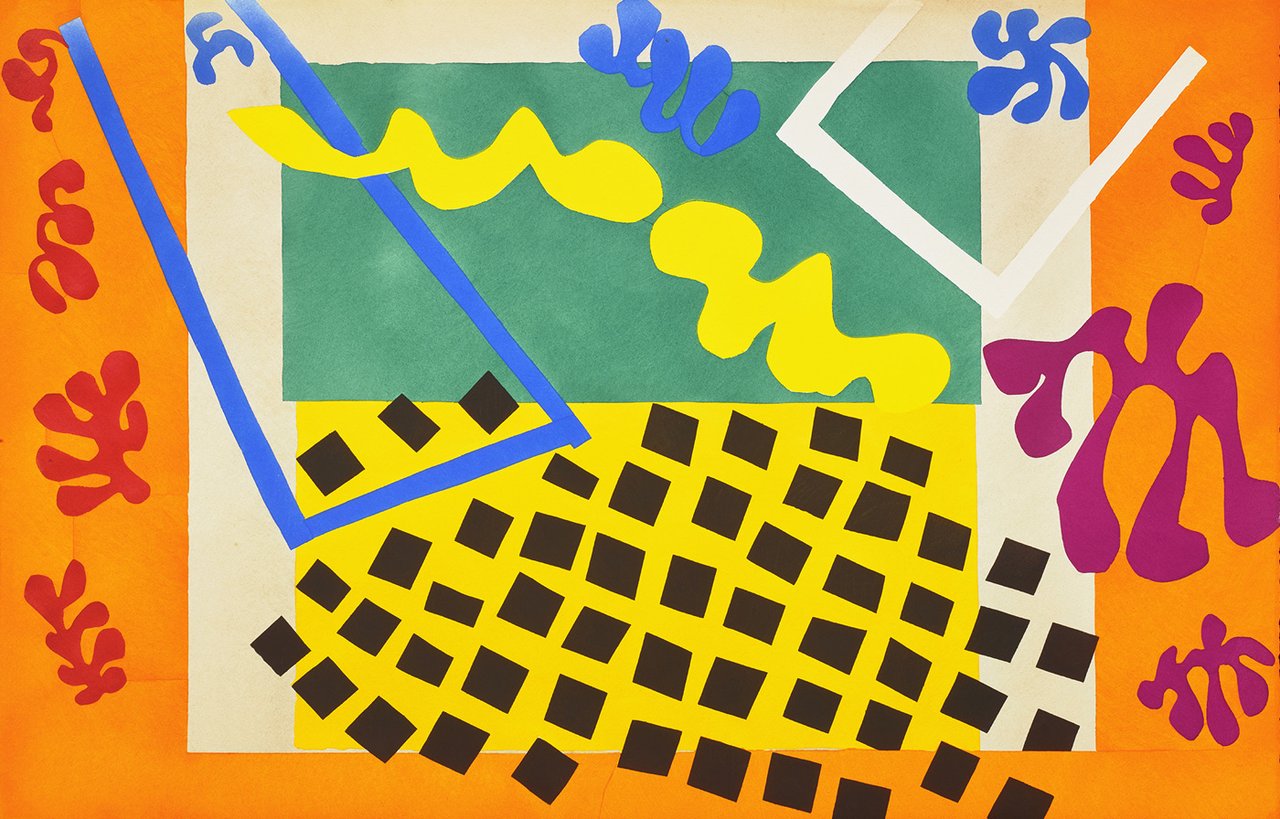The great author F. Scott Fitzgerald christened the era between the two World Wars the ‘Jazz Age’, when the triumphant music of former slaves in New Orleans exploded into European popular culture in a relatively short period of time. The special exhibition ‘I Got Rhythm. Art and Jazz since 1920’ at the Kunstmuseum Stuttgart proves that jazz has always been more than just the soundtrack to a new creative way of life. German expressionists such as Max Beckmann and Ernst Ludwig Kirchner danced the Charleston in Berlin, and subsequently conveyed the Old World Beat in the colours and shapes of their images. One of Piet Mondrian’s most celebrated paintings was the ‘Broadway Boogie Woogie’, and other famous artists such as Picasso and Jackson Pollock admired the jazz greats, as reflected in their artistic impulses.


Named after one of Gershwin’s most famous songs, ‘I Got Rhythm’ tells the story of how jazz influenced the beginnings of classical modernism. New York’s art scene was blossoming in the 1950s thanks to the emigration of many European artists, and jazz proved a key inspiration for the abstract expressionists. The works of Junge Wilde, Arnold Oehlen and Jean-Michel Basquiat were inspired not only by rap and rock music, but also jazz from the likes of Monk, Gillespie and Mingus.

“Jazz is a good barometer of freedom,” as Duke Ellington once said. As the exhibition in Stuttgart shows, the appreciation and admiration that musicians and artists felt for each other had a great social and cultural impact – something for which we’re truly better off today. Incidentally, visitors can listen to the music of Louis Armstrong and other as they wander the exhibition.










